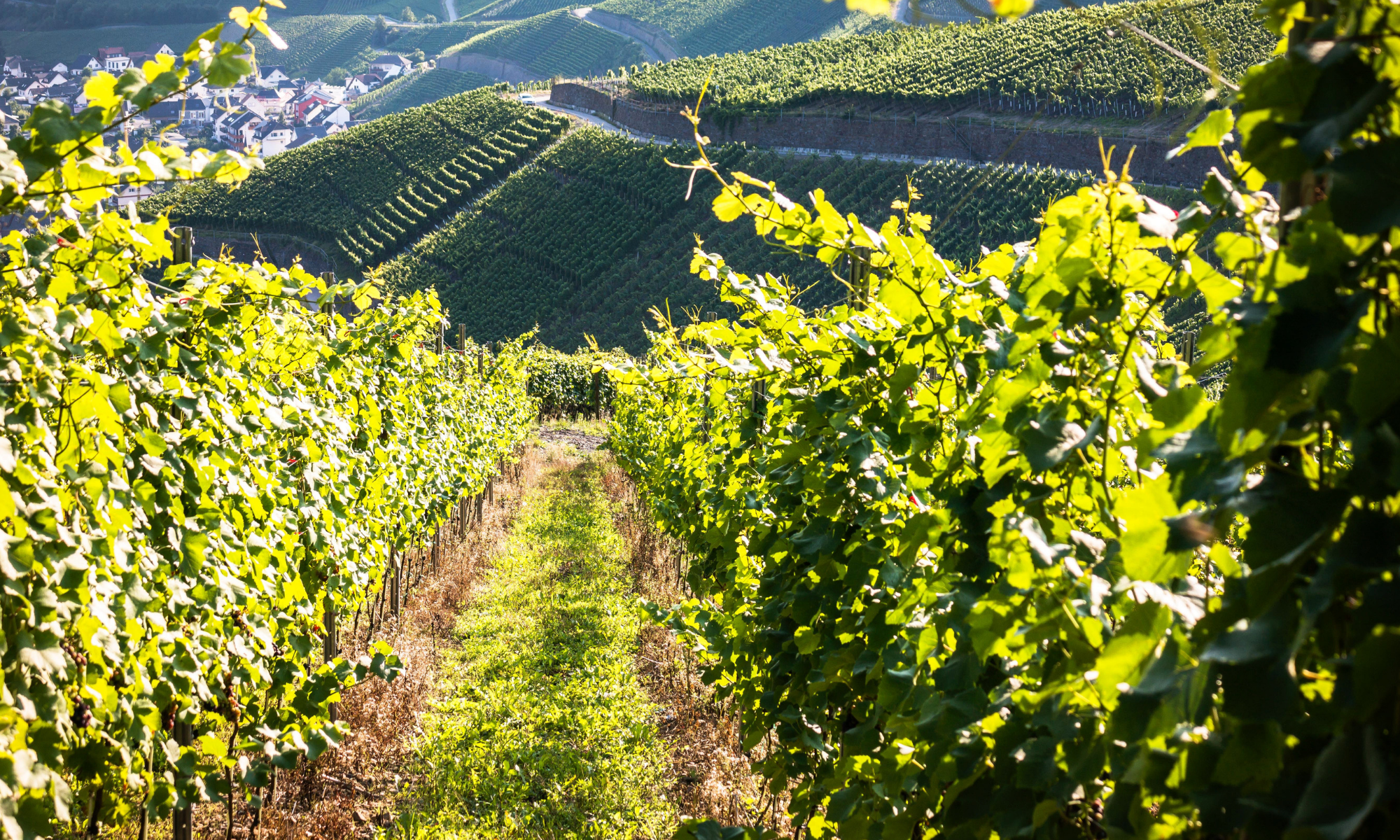Some authors have all the luck. Maxwell Eaton III had not only one, but three books nominated for a 2018 Cybils award. Maybe it helps that they are a series.

In The Truth About Dolphins, readers learn how dolphins are different from fish and discover some of the different kinds of dolphins, like the spinner dolphin and the Atlantic white-sided dolphin. Did you know there are more than 40 species?
The back matter wraps up some more facts, like the differences between porpoises and dolphins and how long a dolphin can stay underwater. There are also lists of tucuxi-sized books and orca-sized books (isn’t that cute?)
Don’t know what a tucuxi or ocra are? Then you should read The Truth About Dolphins!

This book features three bears, but not the ones from Goldlilocks. Instead they are the brown bear, black bear, and polar bear.
Learn about where the bears live and what they eat (there’s a cute running joke about the fact they eat rodents). Other topics include hibernation and threats to bears.
I thought the bear safety page that explains how you should behave if you encounter a bear was a good idea. You shouldn’t run seems sensible, but I didn’t know that you shouldn’t try to climb a tree either.
Don’t know what you should do if you encounter a bear? Check out The Truth About Bears.

If I had to pick a favorite of the three, it would be this one. The text compares and contrasts the two species of hippo, common and pygmy. Because there are only two kinds, the author was able to pack in more information about them.
Do you know whether hippos can swim? Don’t guess, because the answer will surprise you. Find out by reading The Truth About Hippos.
Today the fun is over at Wrapped in Foil blog.

Copyright © 2018 Roberta Gibson All Rights Reserved.






 Just Like Us! Fish
Just Like Us! Fish












 by Lisa J. Amstutz; illus. by Maria Luisa Di Gravio
by Lisa J. Amstutz; illus. by Maria Luisa Di Gravio


